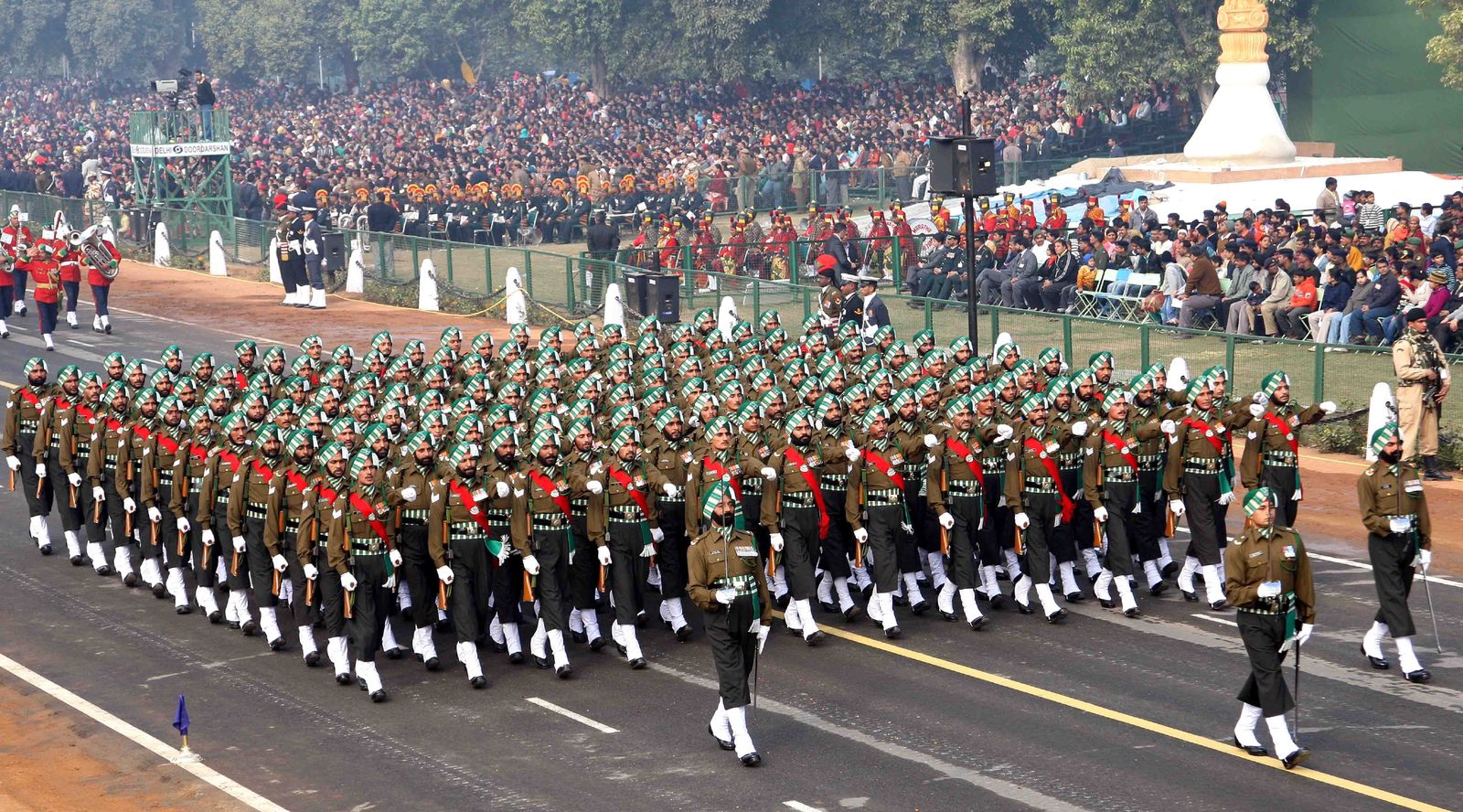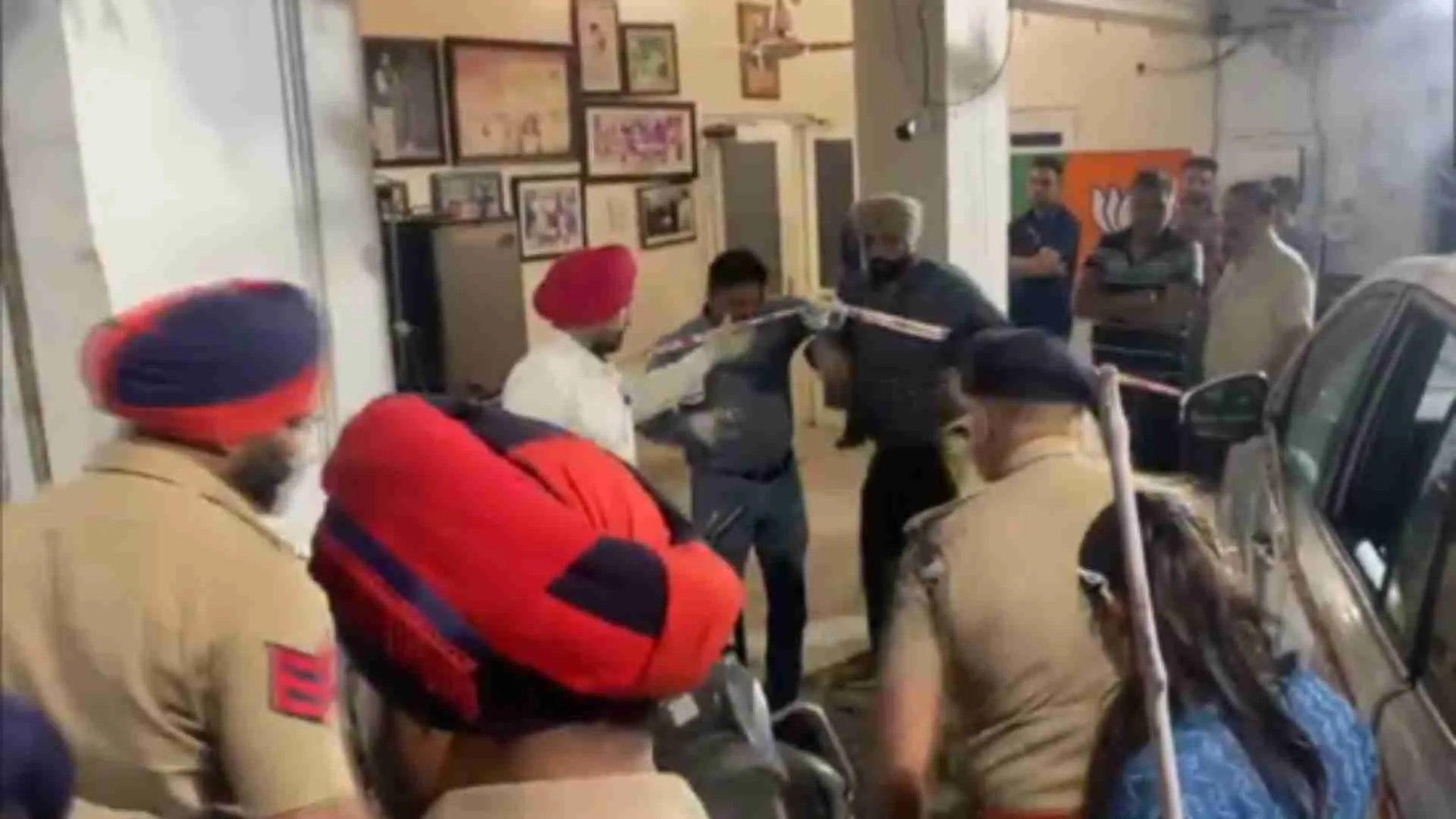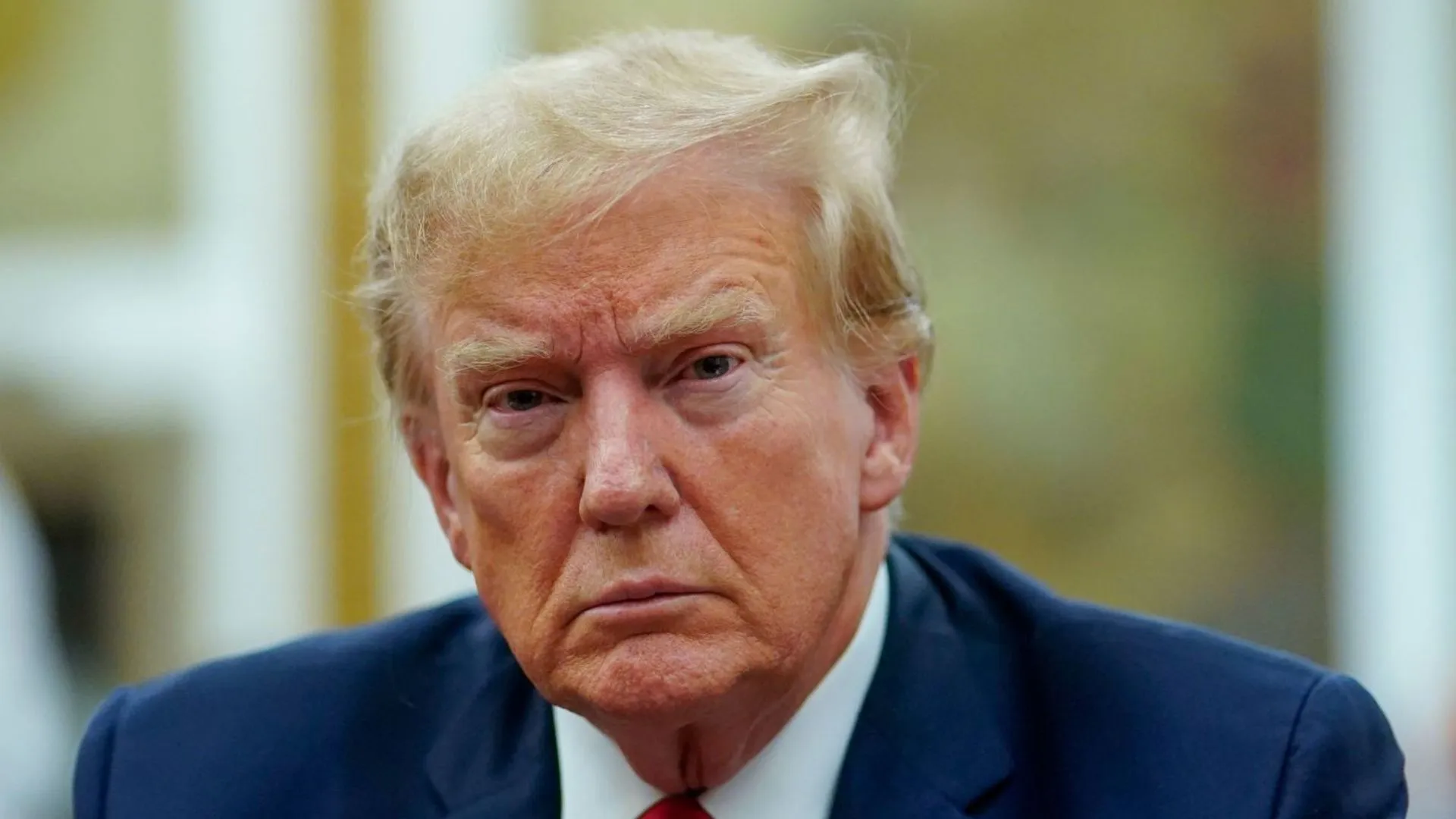The slogan has been a central theme in political campaigns. The slogan helped connect with masses, emphasising commitment to national security and rural development. It became a powerful tool for mobilising support and rallying voters.
Farmers and the army in India are interconnected in multiple ways, reflecting a symbiotic relationship that underscores their mutual importance in the nation’s fabric.
The relationship between farmers and the army in India is characterized by mutual support, respect, and shared national responsibilities. Their interdependence underscores their critical roles in safeguarding India’s sovereignty, ensuring its food security, and contributing to its overall development and prosperity. This interconnectedness is not merely functional but also symbolic of the unity and resilience of the Indian nation.
The slogan “Jai Jawan Jai Kisan” (Hail the Soldier, Hail the Farmer) encapsulates the spirit of two pivotal pillars of Indian society: the soldier who defends the nation and the farmer who sustains it. Coined by former Prime Minister Lal Bahadur Shastri in 1965 during a critical phase in India’s history, the slogan has since become iconic, symbolizing the unity and strength derived from these two essential sectors of society.
Historical Context and Origin
In 1965, India was facing a turbulent period both domestically and internationally. Domestically, the country was grappling with issues related to food security, agricultural productivity, and socio-economic disparities. Internationally, the geopolitical climate was tense due to the Cold War dynamics and India’s conflicts with its neighboring countries.
India’s Agricultural Situation
During this period, India was primarily an agrarian economy, heavily dependent on agriculture for its GDP and employment. The Green Revolution, initiated in the late 1960s, aimed to transform Indian agriculture through the adoption of modern techniques and technologies to enhance productivity.
DEFENCE CHALLENGES
Simultaneously, India faced external threats, particularly from Pakistan, with whom it engaged in the Indo-Pakistani War of 1965.
The war highlighted the crucial role of the Indian Armed Forces in defending the nation’s sovereignty and integrity.
Lal Bahadur Shastri’s Leadership
Lal Bahadur Shastri, who became the Prime Minister in 1964, provided leadership during this critical period. Known for his simplicity, integrity, and deep empathy for the common people, Shastri understood the importance of both the soldier and the farmer in the nation-building process.
Coining of the Slogan
During the Indo-Pakistani War of 1965, Lal Bahadur Shastri called upon the nation to rally behind the soldiers defending the borders and the farmers ensuring food security. In a radio address on September 23, 1965, he popularized the slogan “Jai Jawan Jai Kisan” to galvanize the spirit of national unity and resilience. The slogan resonated deeply with the Indian populace, symbolizing the dual commitments to national defence and agricultural development.
Significance and Impact
Unity and National Pride
“Jai Jawan Jai Kisan” quickly became more than just a slogan; it became a rallying cry for national unity and pride. It underscored the interconnectedness of defence and food security in safeguarding the nation’s well-being.
Acknowledgment of Sacrifice
The slogan also served to acknowledge and honor the sacrifices made by soldiers and farmers alike. It highlighted their crucial roles in shaping India’s destiny and ensuring its progress.
Political and Social Impact
Politically, the slogan bolstered support for Shastri’s leadership and his policies during a challenging period. Socially, it instilled a sense of duty and patriotism among citizens, fostering a collective responsibility towards the nation’s development.
Evolution Over Time
Post-1965 Era
After the war, “Jai Jawan Jai Kisan” continued to resonate in Indian politics and society. It became a symbol of the enduring values of hard work, dedication, and selflessness embodied by soldiers and farmers.
Economic Reforms and Agricultural Developments
In subsequent decades, India underwent significant economic reforms, industrialization, and technological advancements. While the economy diversified, agriculture remained a crucial sector, albeit with evolving challenges related to sustainability, modernization, and farmer welfare.
DEFENCE AND SECURITY CHALLENGES
India continued to face security challenges, including conflicts with Pakistan and China, terrorism, and internal insurgencies. The Indian Armed Forces maintained their role as defenders of the nation’s sovereignty, supported by the enduring spirit of “Jai Jawan.”
Contemporary Relevance
In contemporary India, “Jai Jawan Jai Kisan” remains relevant as a reminder of the foundational roles played by soldiers and farmers. It continues to be invoked during times of national crisis, celebrations of achievements, and discussions on policy priorities.
Cultural and Symbolic Legacy
Popular Culture and Media
The slogan has permeated Indian culture and media, appearing in films, literature, and public discourse. It has become synonymous with patriotic fervor and national unity.
Tributes and Commemorations
Various tributes and commemorations have been held to honor the contributions of soldiers and farmers, often invoking the spirit of “Jai Jawan Jai Kisan” to underscore their sacrifices and achievements.
Challenges and Future Prospects
Agricultural Challenges
In the 21st century, Indian agriculture faces multifaceted challenges, including land degradation, water scarcity, climate change impacts, and socio-economic disparities. Efforts are ongoing to address these issues through sustainable practices, technological innovations, and policy reforms.
DEFENCE AND SECURITY DYNAMICS
India’s defence and security landscape continues to evolve with geopolitical shifts, technological advancements, and changing threat perceptions. The role of the armed forces remains pivotal in safeguarding national interests and maintaining regional stability.
Policy Imperatives
There is a growing recognition of the need for holistic policies that prioritize the welfare of soldiers and farmers alike. Initiatives aimed at improving defence capabilities, enhancing agricultural productivity, ensuring food security, and promoting rural development are critical for India’s sustainable growth.
“Jai Jawan Jai Kisan” encapsulates the essence of India’s journey as a nation, highlighting the inseparable roles of soldiers and farmers in its development and security. From its origins during a time of war to its enduring significance in contemporary India, the slogan remains a powerful symbol of unity, resilience, and national pride.
As India navigates the complexities of the 21st century, the spirit of “Jai Jawan Jai Kisan” continues to inspire and guide its pursuit of prosperity, harmony, and inclusive growth.
In India, the control and command of the army are vested in the civilian leadership, with oversight provided by the Ministry of Defence, headed by the Defence Minister.
The President of India serves as the Supreme Commander of the Indian Armed Forces, but their role is largely ceremonial, with operational control and decision-making resting with the civilian government.
The Indian Armed Forces consist of the Army, Navy, and Air Force, each with its own Chief (Chief of Army Staff, Chief of Naval Staff, and Chief of Air Staff respectively). These Chiefs report to the Chief of Defence Staff (CDS), who acts as the principal military adviser to the Defence Minister and coordinates the functioning of the three services.
The Ministry of Defence formulates and implements policies relating to defence, security, and armed forces management.
It oversees the budgetary allocations, acquisitions, modernization efforts, and strategic planning for national defence.
The civilian control over the military ensures that decisions related to defence and security align with broader national interests, democratic values, and constitutional principles.
This structure ensures that while the military plays a vital role in defending the nation, it operates under civilian authority and in accordance with the constitutional framework of India.























